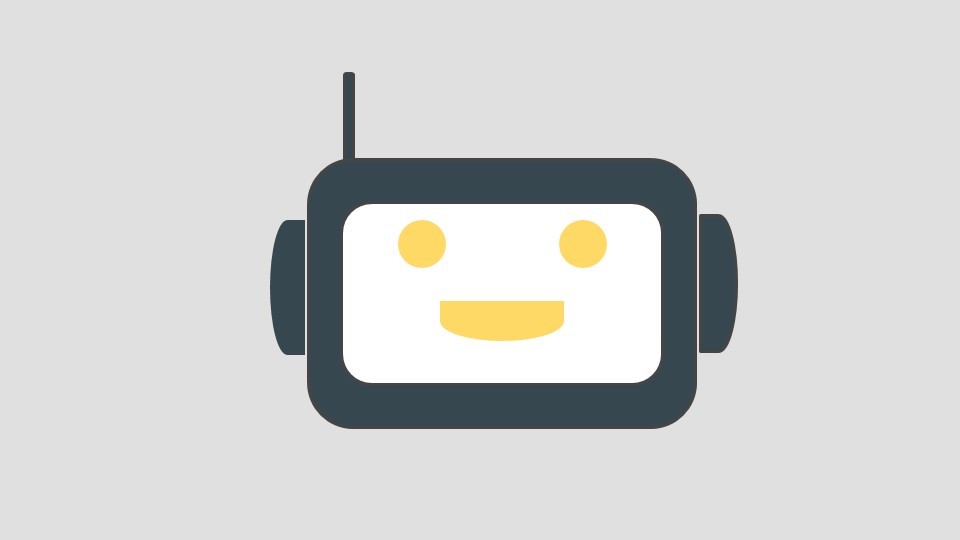I attended the Digital Asset Management for Museums conference today at The Queen Elizabeth II Conference Centre in London. In some ways, it was like returning home after a long trip abroad. I have experience working for cultural heritage institutions from several years ago (BAVC, San Francisco and KCET, Los Angeles). Much has changed during my time away, however. Digital production tools are no longer novelties; they permeate the entire workflow. As Nick Poole concluded this afternoon, museums have come to see the digital ouptut of these processes as assets. As part of that shift, digital asset management — the process of storing, cataloguing, and retrieving digital files – has become a standard practice. Here are some of my immediate observations culled from today’s presentations, Q&A sessions, and informal conversation with several attendees. I look forward to posting a longer conference report in the coming days.
- Rolling out a DAM is messy. Implementation is a lot like parenting; there’s no single user manual so you have to tailor the process as you go along. You can spend time chatting with other DAM “parents” to get some advice. These conferences are another way to learn how others are taking care of their kids – I mean, assets.
- Lack of funding for DAM strategies remains an issue for most institutions.
- Be prepared for conflict. Change management is a thing to study. Conflict is what you have to work through during a DAM implementation.
- Manage user expectations. Free online services have given users and administrators a false sense of how easy & cheap services are to build, design, develop, test and implement.
- DAM has little to do with technology. DAM is first and foremost about people and processes. Technology comes last. Before sinking time and energy into a DAM system, evaluate whether you truly need it, or if some other tool, fancy folder structure, or elaborate file naming convention will fit the bill instead.
- Data migration is not going away. Get used to moving your assets and metadata from system to system. This continues to be a pain point for archivists, librarians, and catalogers.
- Don’t underestimate executive support. If adoption is an issue, having an executive throw some weight around can help entice people to change their behavior.
- Managing user permissions within a museum DAM is challenging to say the least. One could easily get bogged down by it.
- Integration is made possible through API. Make sure your CMS and DAMS both offer one.
- Beware of over ambitious plans that involve half-baked technology in your digital strategy. It’s best to leave those ideas in the R&D stage until technology matures.
Were you at the conference? What were some of your observations?




Leave a comment